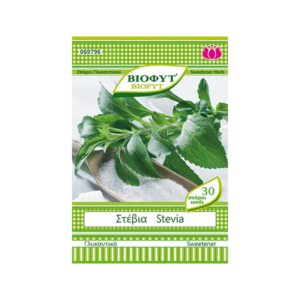Cabbage Red
Cabbage Red
Cabbage is a cold season plant and the ideal temperature for its growth is 15-18 degrees Celsius. Cabbages are planted mainly in sunny positions in the fall, although semi-shaded positions are useful in early summer plantings when it is very hot. Cabbage can grow in all types of soil, except very acidic soils. It is important that the soil has good drainage to remove excess water from watering and to ensure good aeration of the roots. For early cabbages we prefer sandy, light warm soils, while for late cabbages we prefer heavier and more fertile soils with good drainage, rich in organic matter.
Cabbage has a superficial root system and needs a lot of frequent watering, as it has high water requirements. Especially during the head development stage, constant soil moisture is required in the soil so that cracks are not observed in its formation. In early plantings made in late summer, we make sure to water the young cabbage plants often to avoid problems in their development. For example, the cabbage crop needs watering about every 1-2 days at the end of summer and 2-3 a week during the autumn period. In any case, make sure to water as soon as the soil dries out to ensure cool sprouts that will form a good head.









